Brief presentation by Prof. Muhammad Shamsaddin Megalommatis
Table of Contents
I. Berbers
II. The Fallacy of Pan-Arabism
III. Hamitic-Cushitic Historical Heritage Usurped
IV. Hamites & Cushites systematically targeted
V. Anti-Hamitic Hysteria of Western Academics
VI. The Embarrassing History of the Berbers
————————————
I. Berbers
- The Berbers are several Western Hamitic nations.
- The Hamites are divided into Eastern and Western.
- The Western Hamites are divided into Berbers, Hausa, Fulani, etc.
- Berbers are divided into several groups.
- The Tuareg are one Berber group.
II. The Fallacy of Pan-Arabism
- The Eastern Hamites are divided into (Ancient) Egyptians and Cushites.
- The Ancient Egyptians were an amalgamation of Western Hamites and Cushites.
- Modern Egyptians are not Arabs; they are descendants of Ancient Egyptians, so ‘Copts’: they are Christian Copts and Muslim Copts.
- This fact is obscured by the theory, ideology and policy of Pan-Arabism.
III. Hamitic-Cushitic Historical Heritage Usurped
- The (Ancient) Cushites were living in today’s North Sudan that the Ancient Greeks and Romans called Aithiopia (Ethiopia); with capital successively in Kerma, Napata and Meroe; they built more pyramids than the Ancient Egyptians (later, smaller and steeper).
- The modern state of Ethiopia is a fake state that criminally usurped the name of the Cushites; the correct name of the modern state of Ethiopia is Abyssinia.
- These Cushites or Ethiopians are the ancestors of
- today’s Arabic speaking Sudanese (not of the Nubians, not of the Bejas)
- Oromos (the largest nation that inhabits today’s Fake Ethiopia, i.e. Abyssinia)
- Somalis and Ogadeni Somalis
- Afars (who live in Abyssinia, Eritrea and Djibouti)
- Sidamas, Kaffas, Hadiya, Kambaata and other oppressed nations of today’s Fake Ethiopia, i.e. Abyssinia
- Ancient Cushites spread as early as the 3rd millennium BCE and settled also in the coasts of today’s Sudan, Eritrea, Djibouti and Somalia
- Instigating Abyssinia’s name change (into Ethiopia), the Western colonial powers carried out deliberately an enormous historical-cultural theft and usurpation, because they attempted to ‘offer’ to the Semitic Abyssinian Amhara and Tigray the Sudanese Ethiopian Cushitic past and historical heritage.
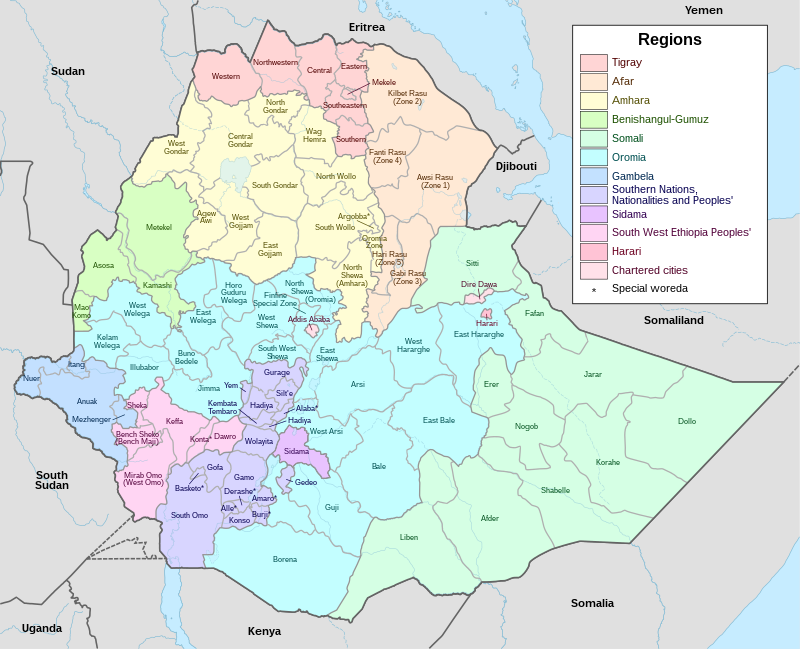
Abyssinia (Fake Ethiopia) is a cemetery of subjugated and persecuted Cushitic nations.
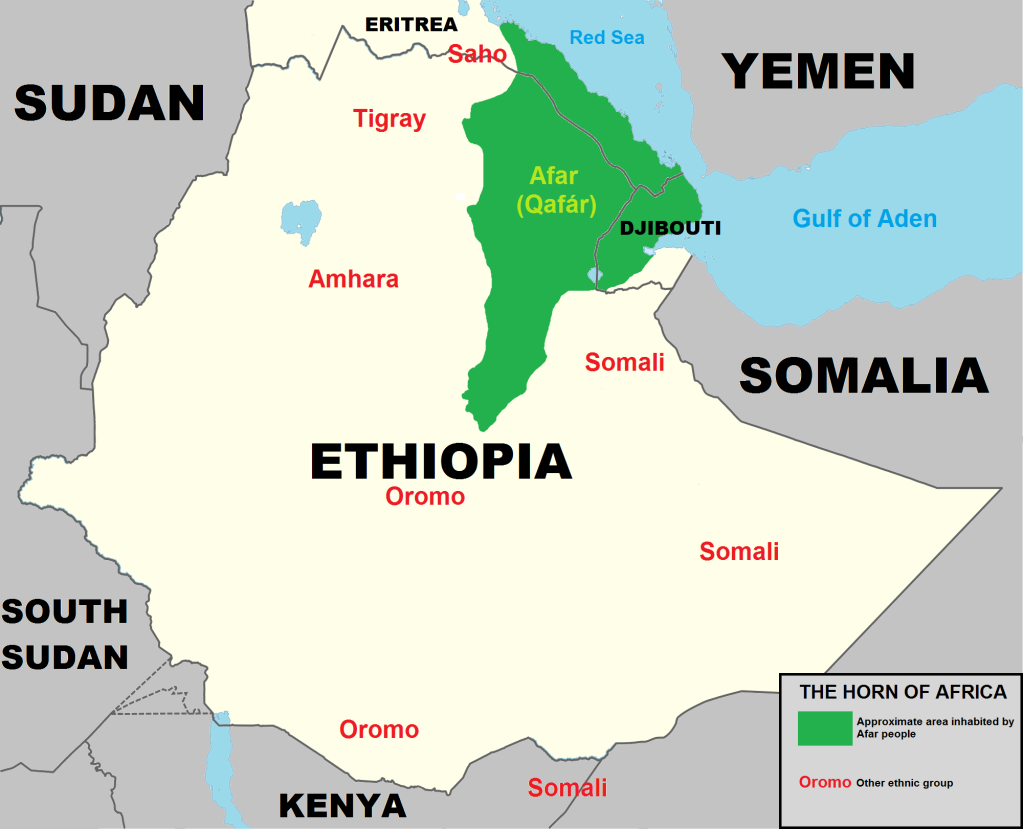
The Cushitic nation of Afars in conditions of trichotomy
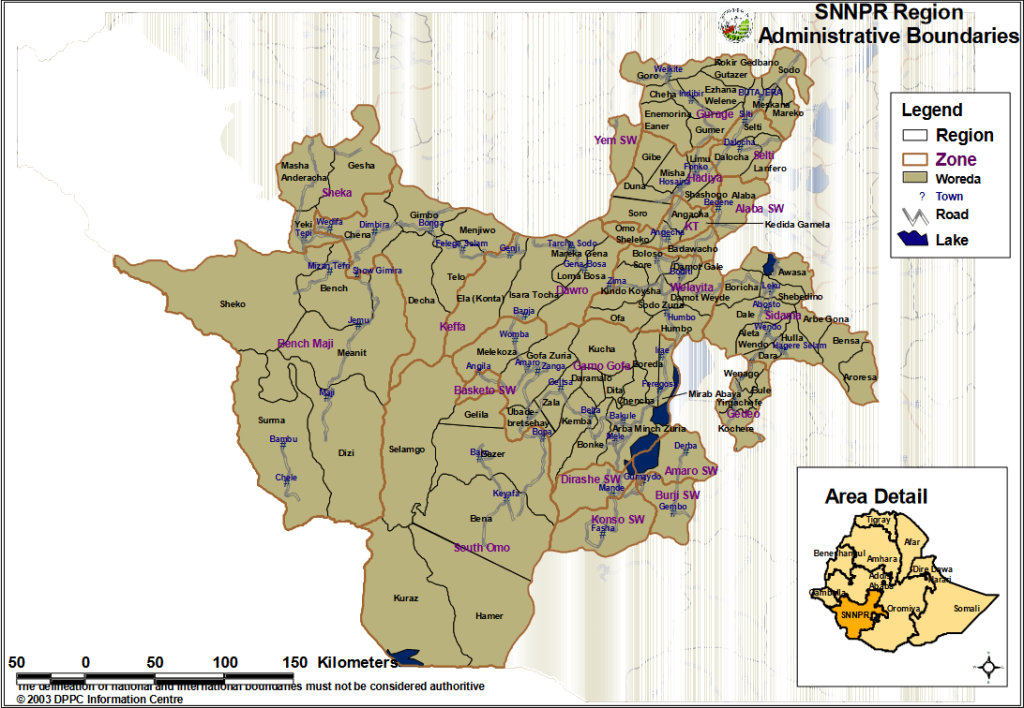
Sidama, Hadiya, Kaffa and other Cushitic nations amalgamated with the Bantu Wolayita and Omotic nations in an improper administrative division.
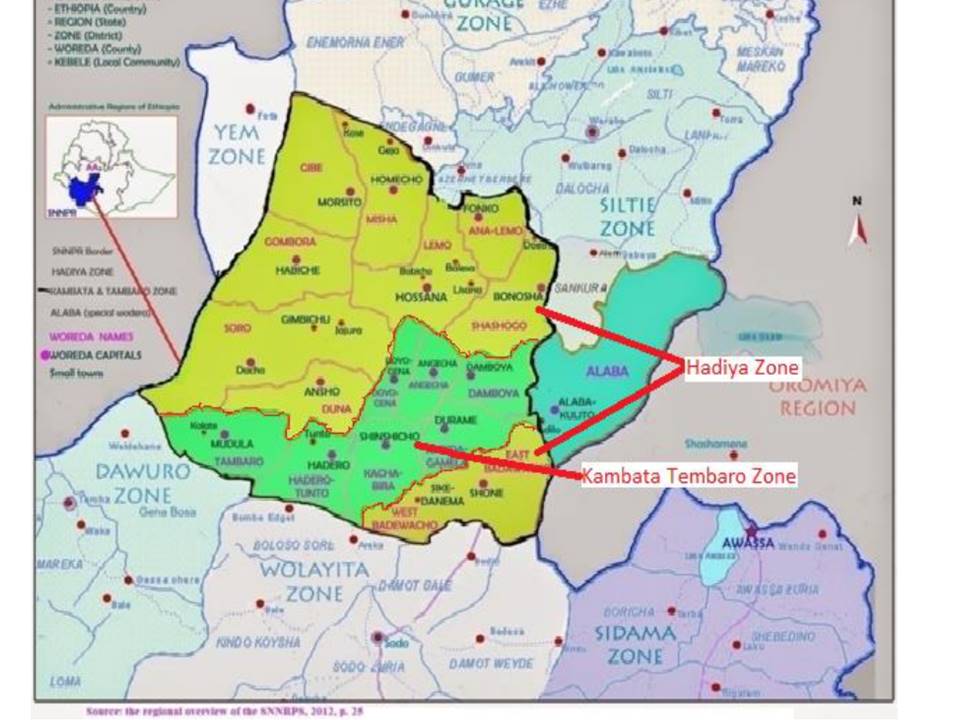
The Cushitic nation of Kambata forced to live with the Hadiya within the same subdivision
IV. Hamites & Cushites systematically targeted
- All Hamites and Cushites have been targeted by the Portuguese, the French and the English.
- In Egypt and the Sudan, the historical falsification of the nonexistent Arabization was colonially imposed to make Muslim Copts believe that they are Arabs whereas they are not.
- The same fallacious Arabization policies were pursued by the French in Tunisia, Algeria, Morocco and Mauritania – and after the end of the Italian colonization in Libya.
- In the wider region of the state of Fake Ethiopia (Abyssinia), two Semitic nations {(Amhara and Tigray) that are the descendants of an Ancient Yemenite tribe (Abasat: Habesha: Abyssinia) that crossed the Red Sea in the middle of the 1st millennium BCE and settled in Axum} were systematically and extensively helped by the French and the English in the period 1850-1950 in order to invade all Cushitic nations (see above: III a to III e).
- In the case of the former Italian colony of Somalia, the colonial gangsters of England and France could not prevent the formation of an independent state of Somalia (1960); but to generate strife and war, Somalis of the English colonial region (1/3 of today’s Kenya’s territory) were not allowed to become part of Somalia. Even worse, the vast region of Ogaden was ‘given’ to the bastard bogus-king Haile Selassie by the English (Fake Ethiopia/Abyssinia invaded the region only in 1955-1958). And the Somalis of Djibouti remained captive in the French colony of Djibouti. The existence of a national Cushitic African state would be enough to destroy the colonial plans of the West; so, stupid Brezhnev and imbecile Fidel Castro became the useful idiots and the true slaves of the Satanic forces of UK, US and France; thus, at the very last moment, they stopped and managed to repel the rightfully invading armies of Somalia that would demolish the world’s most genocidal state: Abyssinia (Fake Ethiopia) in 1977-1978. Somalia was a secular, Third World socialist state at the time.
- Quite interestingly, with the exception of just one team, no archaeological excavations took place in Somalia before the national independence (1960) and during the period of peaceful governance of the country (1960-1990), despite the fact that it is known (through textual evidence) that Ancient Egyptian presence in the region (3000 km long coast lands) started already around the end of the 3rd millennium BCE and continued down to the Islamic times.
V. Anti-Hamitic Hysteria of Western Academics
- Although 18-19th c. explorers accepted the existence of the Hamitic group of nations and languages, after the middle of the 20th c. Western scholars pursued a systematic effort to erase the usage of the term ‘Hamitic’. The Biblical narrative, which is so much respected by Western colonial scholars (although it is a forgery) when it comes to Japhetic (so-called Indo-European) and Semitic nations and languages, is entirely disregarded and concealed as regards the Hamitic nations about whom many vicious Zionists and evil Talmudists propagate the falsehood that God cursed them. You probably heard about the racist and fallacious story that Ham saw Noah, his father, naked; this is a later addition. There are several Biblical passages that were added at the time of the Babylonian exile. This excerpt has been used as an excuse to justify slavery in Africa. However, the Western European rancor and hatred of all the Hamitic nations were not limited at the governmental-colonial-political level, but they covered cultural, educational, academic an intellectual spheres.
- At the level of Linguistics, in order to erase the term ‘Hamitic language’, Western scholars pursued following parallel methods:
- They created a ridiculous, meaningless and invalid term: ‘Afro-Asiatic languages’; this is a fake.
- They made of all the Hamitic languages parts of this fake group of Afro-Asiatic languages, which comprises also all the Semitic languages.
- They don’t mention the Hamitic languages as one entity or group, but independently (Hausa, Oromo, Somali, etc.)
- They present their own fallacy of ‘Arabization’ (which is ‘Semitization’ in real terms) as ‘presence of Semitic nations and language’ on African soil (which is wrong). The Arabization of the Berbers and the Copts (: Modern Egyptians) is neither ethnic/racial nor cultural; it is not even a linguistic Arabization–properly speaking; this is so due to the fact that the so-called ‘Arabic dialects’ of Morocco, Algeria, Tunisia, Libya, Egypt and Sudan have been formed under heavy Berber and Coptic impact. But Pan-Arabist and Islamist ‘academics’, administrators, statesmen, evil sheikhs and ignorant imams prevent anyone from studying this topic.
- They generated another fake group of African languages, the Niger-Congo group; this was done in order to also minimize the Hamitic group of languages. Truly speaking, there is no Niger-Congo group of nations and languages. The first is closer to the Hamitic group, and it only impacted the second.
- They overwhelmingly promoted the Bantu group of nations and languages, incessantly magnifying its historical importance.
- They systematically stimulated the use of Swahili (a Bantu language) instead of Somali (a Cushitic language) throughout Eastern Africa, although Somali was historically the main language in the wider region.
- They energetically and monstrously blocked every Berber nation building effort, dispersing Berbers in many Northern and Northwestern African countries, which are all fake colonial constructions. In fact, Libya, Chad, Niger, Tunisia, Algeria, Mali, Morocco, Western Sahara, and Mauritania must become one nation, one country and one state ‘ with Berber as official language.
- In the case of Tunisia, they also minimized the educational references to the History of Ancient Carthage and the Carthaginian Empire, which eclipsed the marginal, multi-divided and unimportant Ancient Greek states.
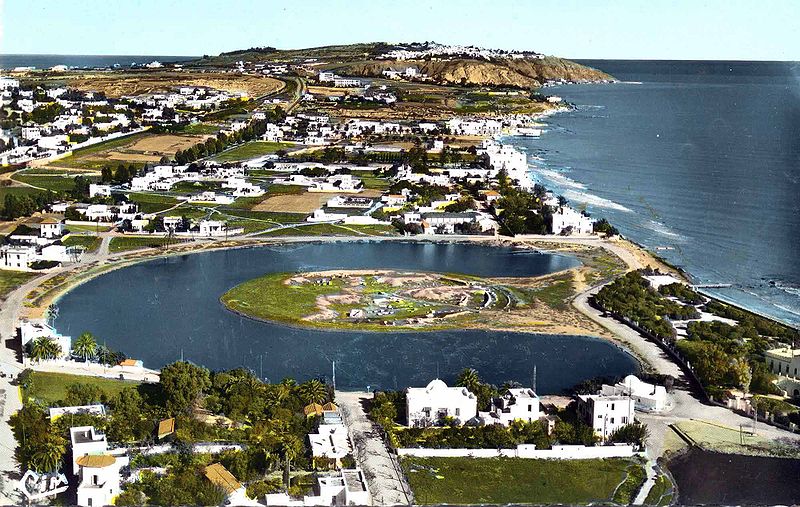
Carthage, air view
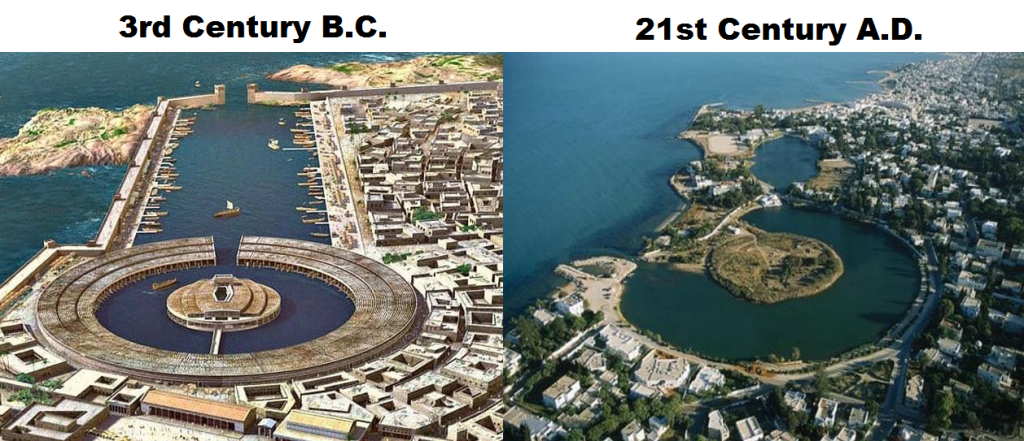
Carthage in the Antiquity and now

Carthage
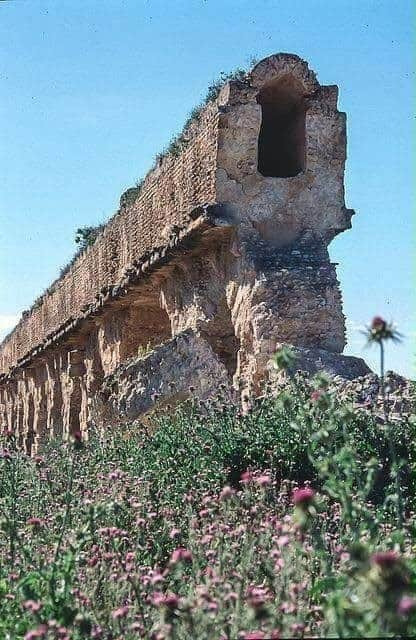
The aqueduct of Carthage (Zaghouan Aqueduct)
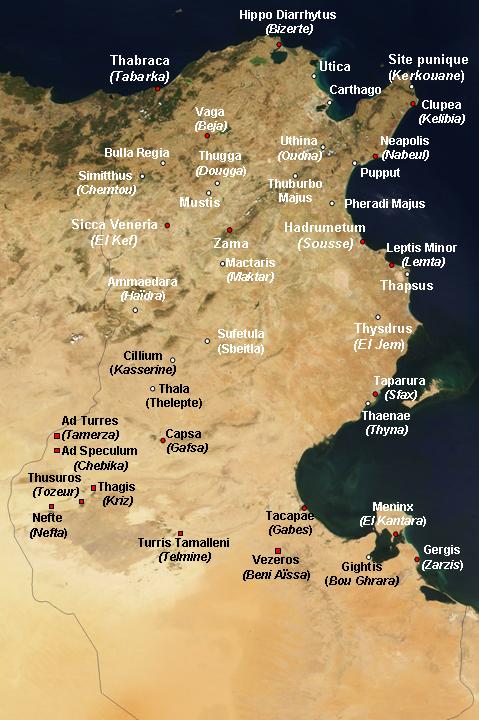
Antiquities in Tunisia, a map
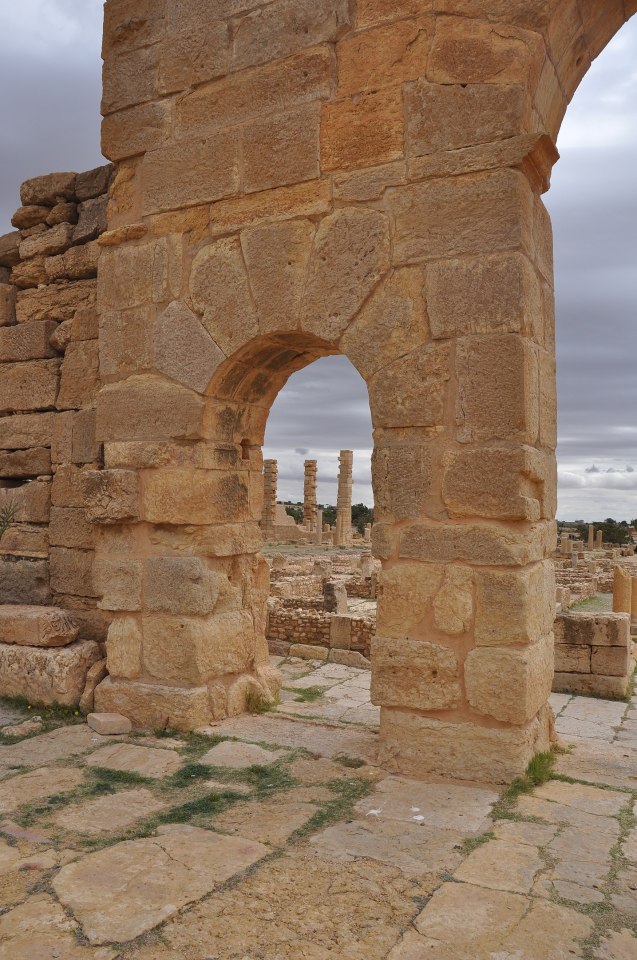
The Arch of Antoninus at Sufetula, modern Sbeïtla, in Tunisia – 2nd c. CE
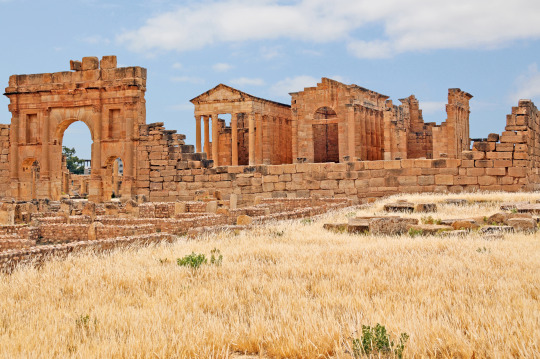
Sufetula (modern Sbeïtla) in the Roman province Africa Proconsularis
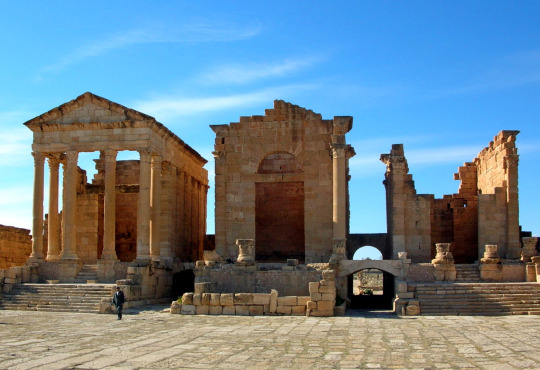
Sufetula-Sbeitla, Africa Proconsularis
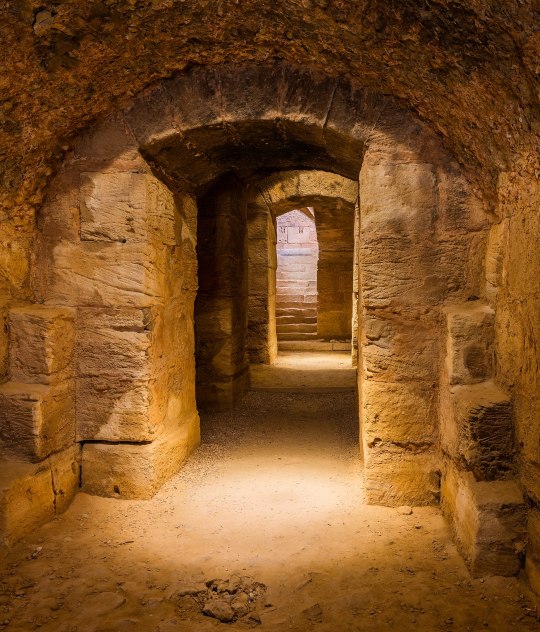
Thysdrus (modern El Djem, in Tunisia), the amphitheater hypogeum
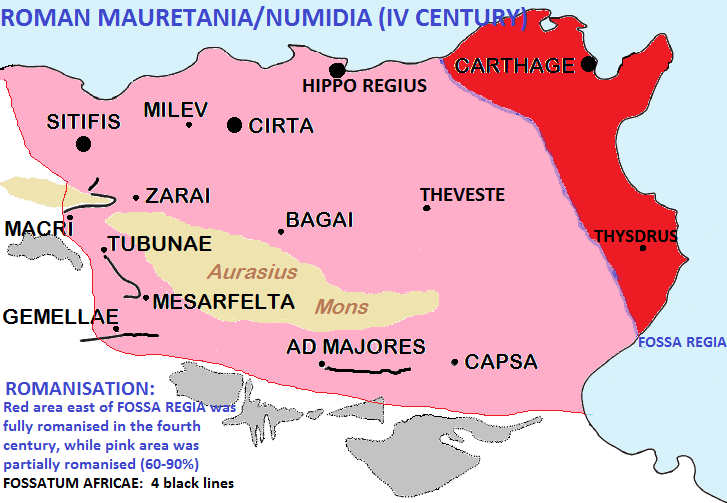
Major Berber, Carthaginian and Roman sites in the eastern part of the Atlas region

Jedars: thirteen Berber pyramids-tombs in Tiaret, Algeria (3rd – 6th c. CE)
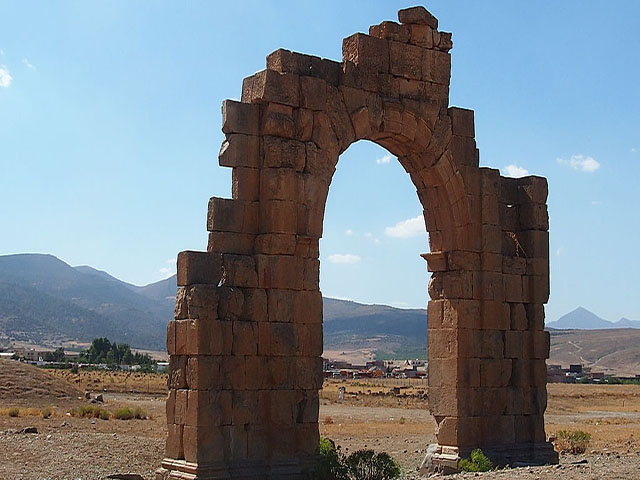
Lambaesis, a major Roman outpost in the center of Berber Atlas
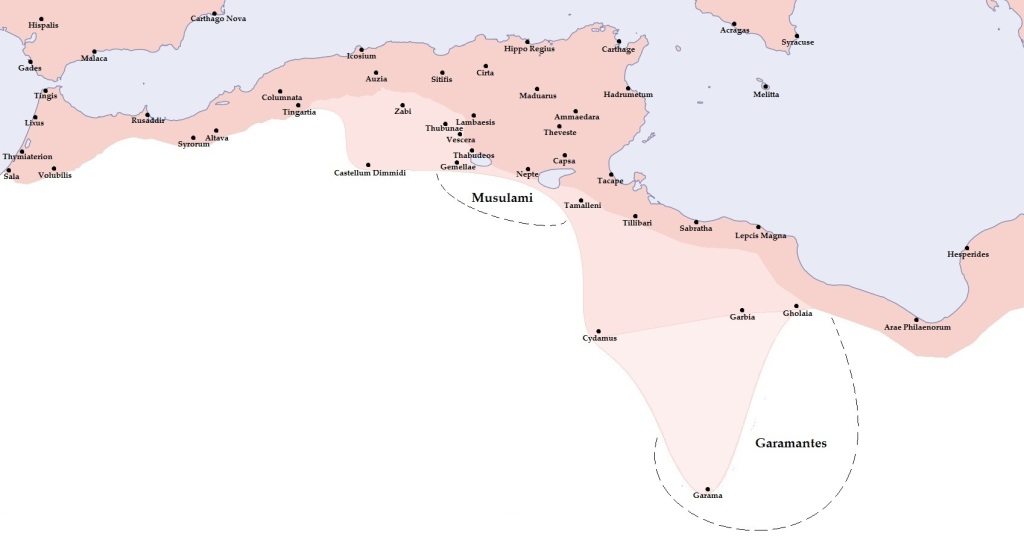
Septimius Severus’ African conquests
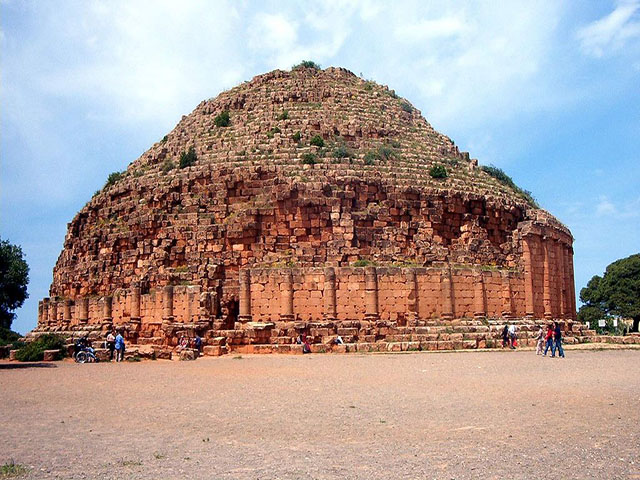
The Royal Mausoleum of Mauretania, located between Cherchell and Algiers, in the Province of Tipaza Province
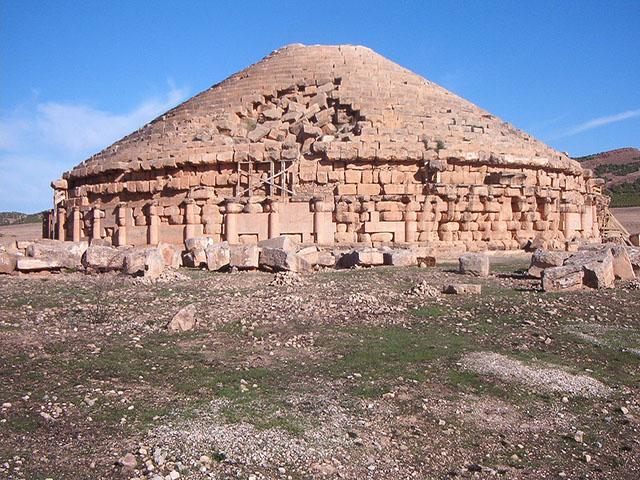
Madghacen: royal mausoleum-temple of the Berber Numidian Kings, near Batna in Aurasius Mons, Algeria
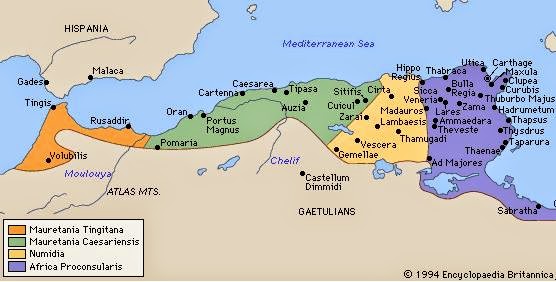
Mauretania and Numidia, map

Timgad, a Berber city of the Roman Empire in the Aurès Mountains of Algeria

Timimoun, fortified Berber village (ksar) in Southern Algeria

Ksar of Tamentit: fortified Berber village in Southern Algeria
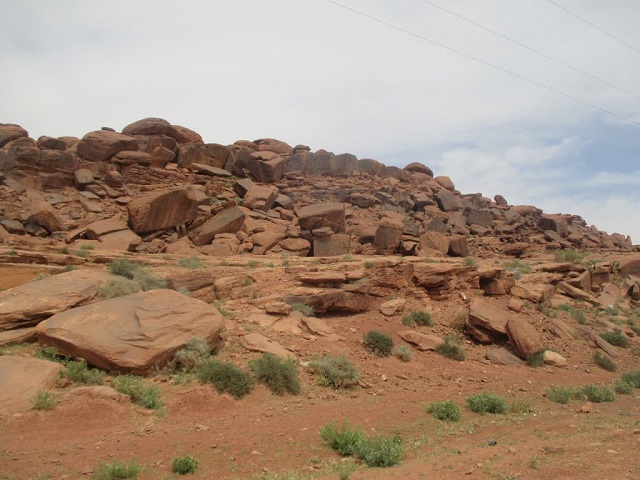
Neolithic engravings in Tiout, Western Algeria
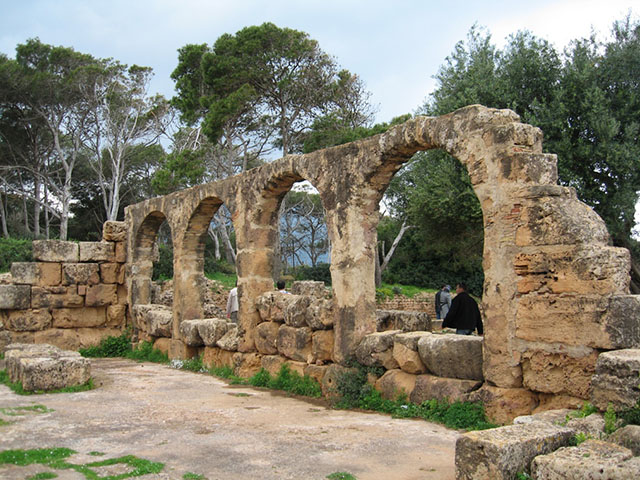
Tipaza, Berber coastal city of Algeria
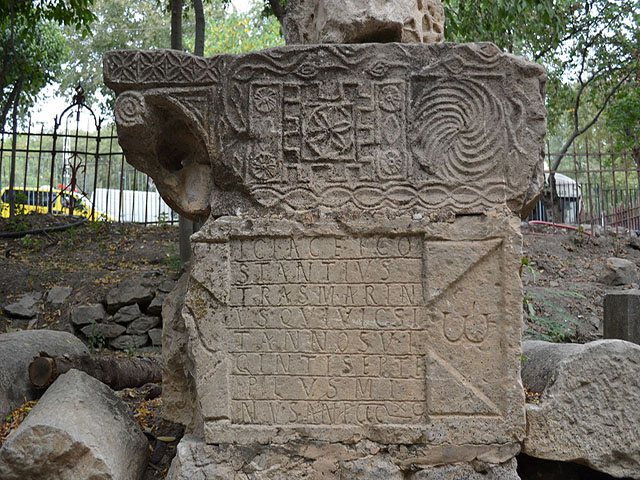
Sétif, a Berber Numidian city in Algeria
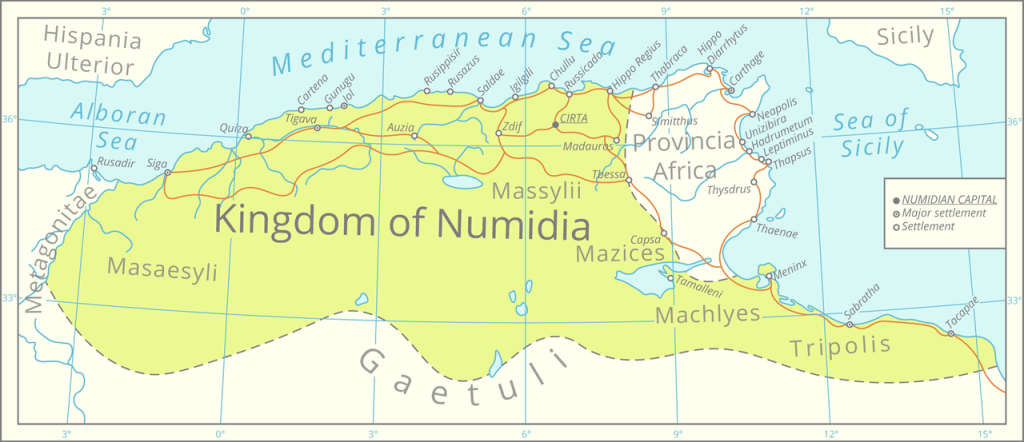
The Kingdom of Numidia in the 2nd c. BCE

Souk Ahras (Thagaste), an important Berber Numidian city
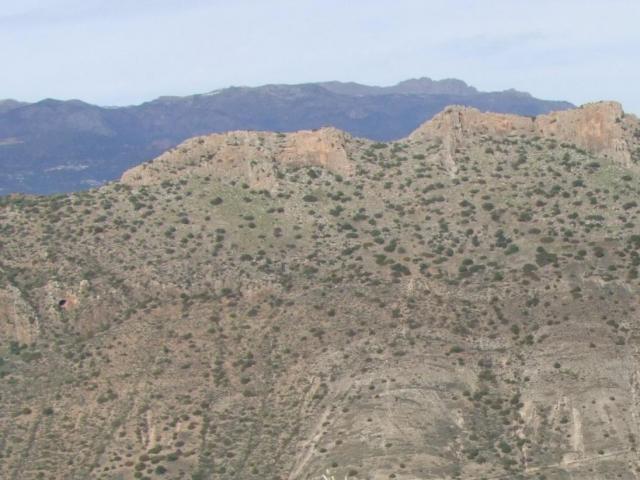
Neolithic site Adrar (Caves) Gueldaman (NE Algeria)
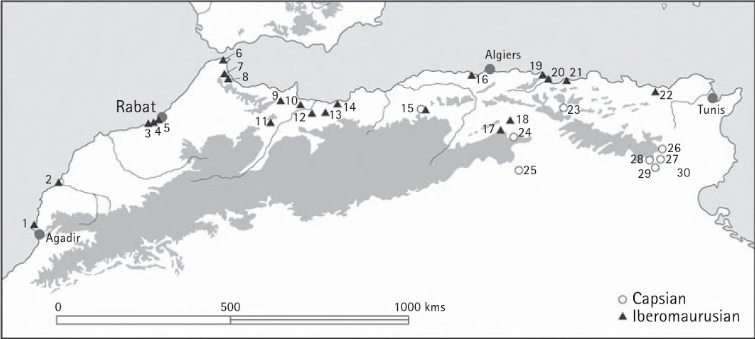
Neolithic Iberomaurusian & Capsian sites in the Maghreb
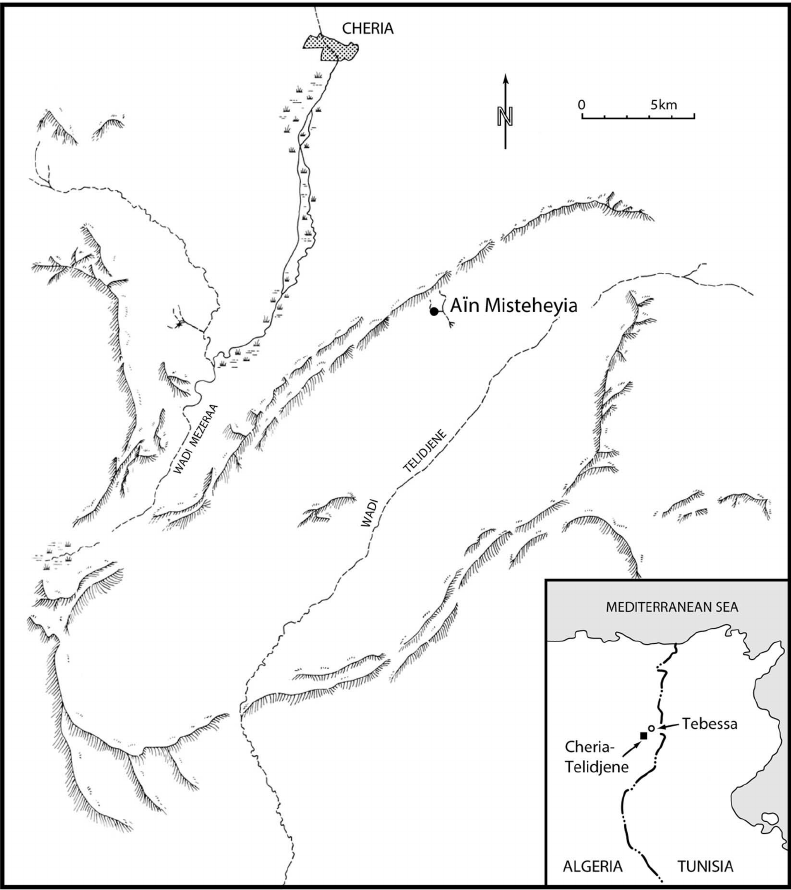
The Neolithic site of Ain Misteheyia, in the Telidjene Basin, Tebessa-Cheria region – Algeria
VI. The Embarrassing History of the Berbers
- Many nations are initially known through the textual historical sources of other nations; the Iranians are first known through the Assyrian-Babylonian texts. The Achaeans are better known on the basis of the Hittite texts of Hattusha than through the brief inscriptions of Linear B (their own writing system). And the Cushites of Ancient Sudan (: the true, historical Ethiopia) are first known via Ancient Egyptian (hieroglyphic) texts. Similarly, the Ancient Berbers are quite well known due to what the Ancient Kemetians (Kemet is the true name of Egypt) wrote about them. In fact, the Kemetian Heritage and the Berber Antiquity have always been intertwined. But this is something that Western European and North American Egyptologists did their ingenious best to conceal by means of diverse and incessant methods, because they always wanted to dissociate Egypt from Africa and to present it as ‘closer’ to the so-called ‘White World’, which is a vicious modern fallacy.
- The Ancient Berbers were extensively mentioned in Ancient Egyptian texts as ‘Rebu’ or ‘Lebu’ (from this name originates the Ancient Greek word ‘Libya’, which meant ‘Africa’). By the Ancient Egyptians, the Rebu were viewed as a ‘familiar’ race with the same civilization, culture, spirituality and religion. But to obscure this fact, modern Western Orientalists call them ‘Libyans‘; this attitude leads to confusion the average reader’s mind. From the western confines of the Nile to the Northwestern African coastlands, the entire population was Hamitic and their civilization was similar to that of the Ancient Egyptians. Then, the correct translation of the Ancient Egyptian term is ‘Ancient Berber’, not ‘Libyan’ (because this relates to the modern fake state of Libya). But the racist colonial academics do not want to ‘offer’ any ‘antiquity’ to the Berbers.
- So closely associated with Egypt all the Ancient Berbers, from Siwa Oasis (in today’s NW Egypt) to the Atlantic coast, were that in the middle of the 1st millennium BCE the Berbers ruled Egypt for about 150 years. This actually happened during the 26th dynasty; this dynasty is customarily called by Egyptologists ‘Libyan dynasty’. However, the term is very wrong because it makes all readers think of the fake modern pseudo-state of Libya which is merely a colonial structure. The correct name for the 26th dynasty of Egypt is ‘Berber dynasty’.
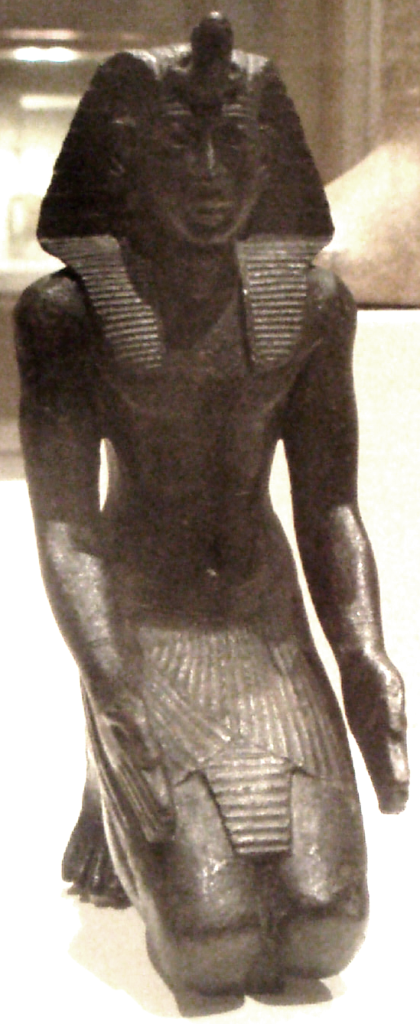
The Berber (Libyan) Pharaoh Nechao II
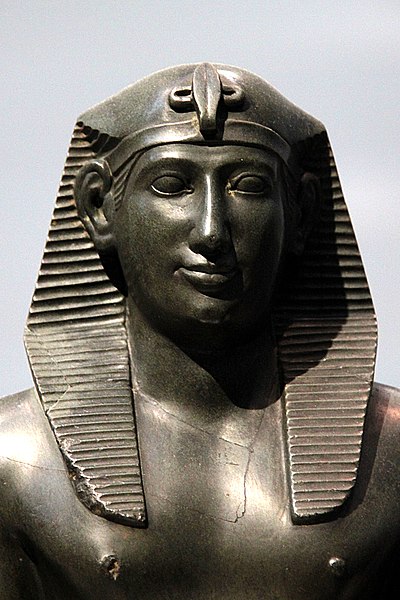
The Berber (Libyan) Pharaoh Psamtek II
About:
It is ridiculous for any scholar, portal or publishing house to break the Berbers’ past into so many confusing articles and not to present it as ‘National History of the Berbers’, involving the entire space that I called ‘Ham’.
https://en.wikipedia.org/wiki/Libya#Etymology
https://en.wikipedia.org/wiki/History_of_Libya
https://en.wikipedia.org/wiki/Prehistoric_North_Africa
https://en.wikipedia.org/wiki/Third_Intermediate_Period_of_Egypt
https://en.wikipedia.org/wiki/Twenty-sixth_Dynasty_of_Egypt
https://en.wikipedia.org/wiki/Libu
https://en.wikipedia.org/wiki/Libyco-Berber_alphabet
https://en.wikipedia.org/wiki/Tifinagh
https://en.wikipedia.org/wiki/Traditional_Berber_religion
https://libyanheritagehouse.org/religion/amazigh-religion-in-libya
- In any case, all Egyptologists accept that the Ancient Egyptian priests of Iwnw (Heliopolis) invited the Berber (‘Libyan’) princes to rule Egypt against the Cushitic dynasty of Napata (25th dynasty of Egypt – known as ‘Ethiopian’ dynasty), which were the puppets of the Theban priesthood of Amun. This fact fully demonstrates the similarity or rather the identity of the Ancient Egyptian monotheistic Heliopolitan religion and the Ancient Berber faith.
- No one questioned why Pharaoh Nechao (of the 26th, Berber, dynasty), and not another Pharaoh, undertook the illustrious exploration of all the African coasts, commissioning an Egyptian-Phoenician fleet which circumnavigated Africa for two years around 600 BCE. In fact, if Nechao was a ‘Libyan’ (with the connotation that this word has today), he would not have a clue about the coasts of Africa; neither would he bother to ever learn. But as a Berber origin Pharaoh, Nechao had already heard many reports from Berbers inhabiting the Northwestern coasts of Africa, and that is why he intended to crosscheck the earlier narratives.
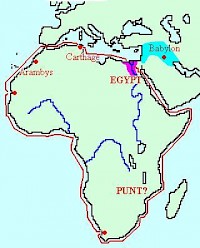
The circumnavigation of Africa
- It is quite telling that no comparative researches have been undertaken thus far in order to shed light on all the common points of worldview, tradition and culture and all the shared beliefs and faiths that the Ancient Kemetians and the Ancient Berbers had.
- However, if Western scholars and academic fraudsters want so passionately to conceal, obscure and disparage the Berber Antiquity, this is not mainly related to historical developments that took place in the middle of the 1st millennium BCE. The most critical issue is the fact that the Berber Antiquity antedates that of Ancient Egypt and this can be proved, if one studies well Nekhen, (Hierakon polis), the first Ancient Egyptian capital (in Upper Egypt). But the scholar, who will demonstrate the connection between Gobero (Tenerian culture) and Gafsa (Capsian culture) and Naqada I (Amratian culture), will have demolished all the myths of today’s world as regards the beginning of the Human Civilization.
About:
https://en.wikipedia.org/wiki/Nekhen
http://www.hierakonpolis-online.org/
https://en.wikipedia.org/wiki/Narmer_Palette
https://en.wikipedia.org/wiki/Amratian_culture
https://en.wikipedia.org/wiki/Capsian_culture
https://en.wikipedia.org/wiki/Gafsa
https://archiqoo.com/locations/site_el_mekta.php
https://www.fulcrum.org/concern/monographs/zp38wf40w
https://en.wikipedia.org/wiki/Prehistoric_North_Africa#Neolithic
https://www.africabib.org/rec.php?RID=411445723
https://en.wikipedia.org/wiki/Tenerian_culture
https://en.wikipedia.org/wiki/Gobero
https://en.wikipedia.org/wiki/Prehistoric_North_Africa#Neolithic
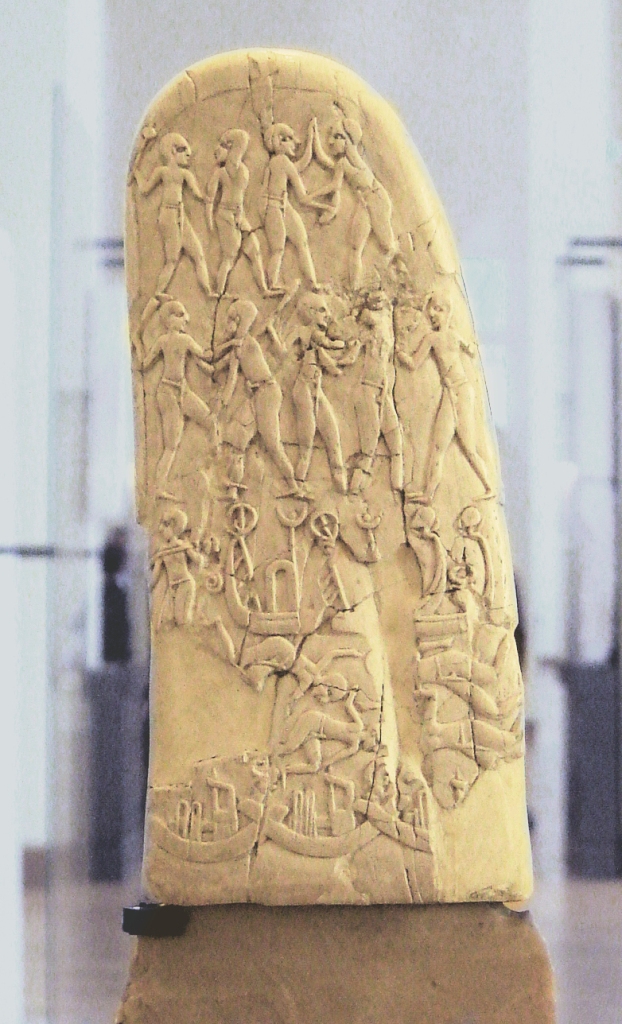
Representation of an early conflict between Abydos and Nekhen, when Kemet (Egypt) was not a united kingdom; ivory knife from Gebel el-Arak (3300–3200 BCE)
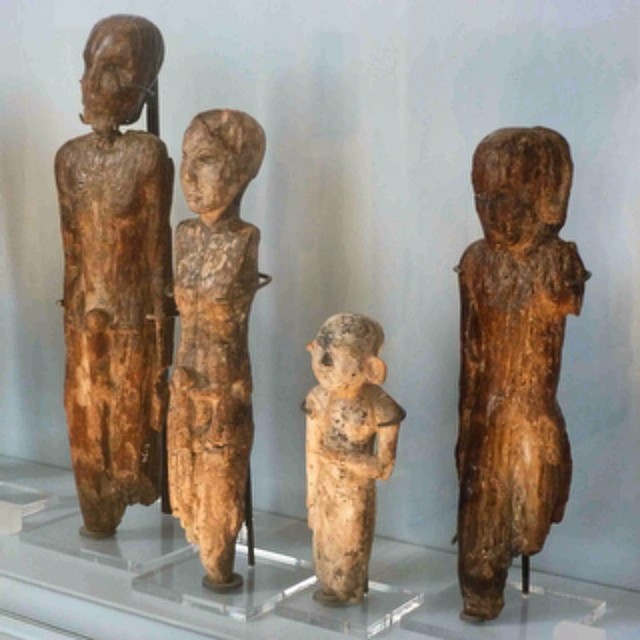
Nekhen, male statuettes with penile sheaths
———————————————————-
Download the presentation in PDF:
